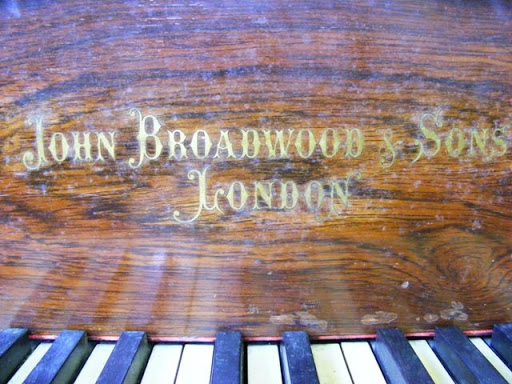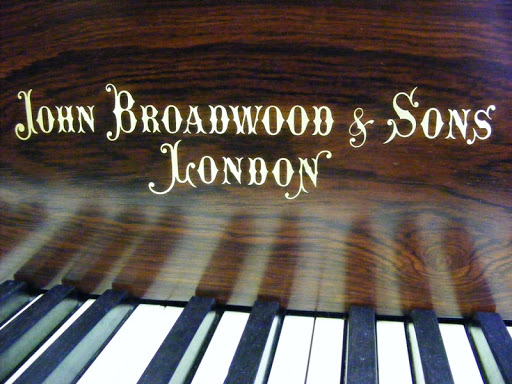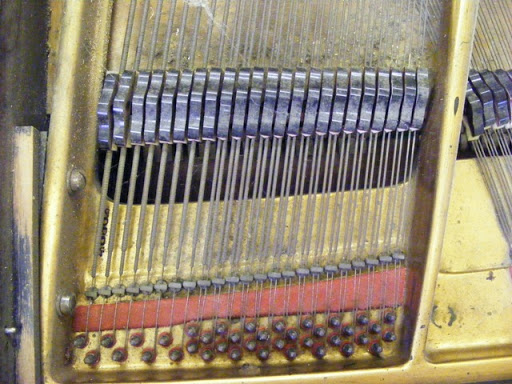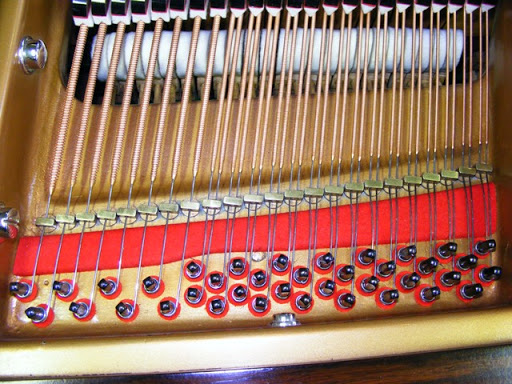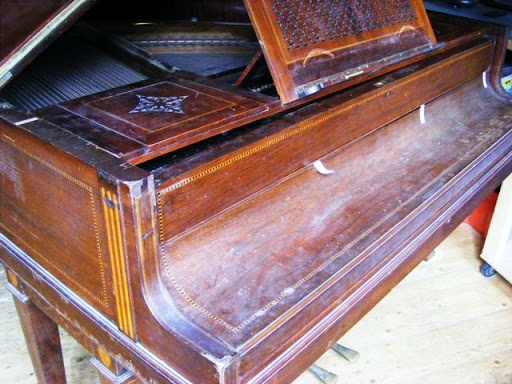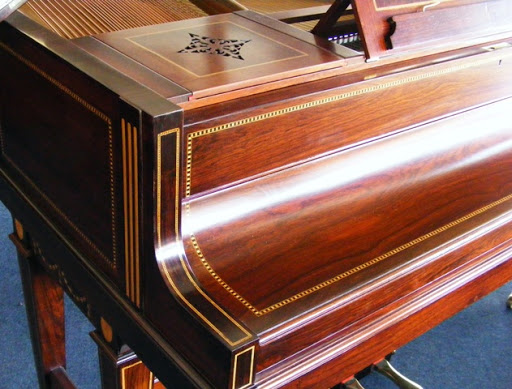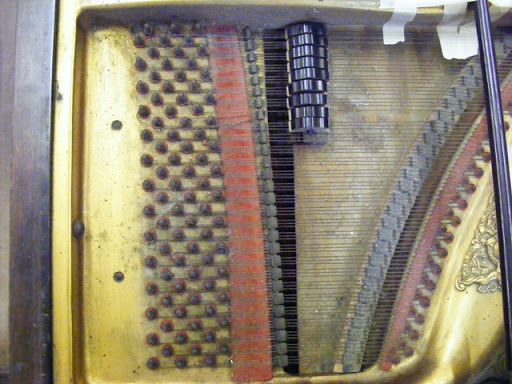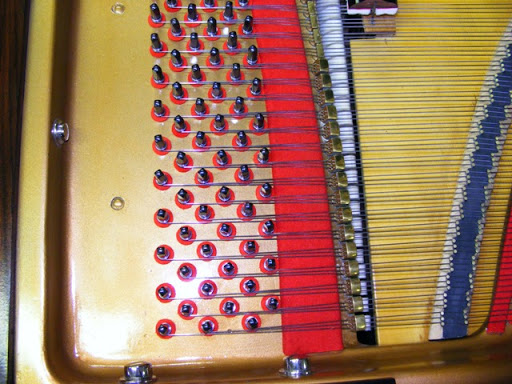Sorry, we do not repair keyboards or digital pianos.
Restoration, repairs, reconditioning, rebuild... we can provide whatever treatment your piano requires.
Some of the most popular restoration works we undertake include action reconditioning and repairs, regulation, restringing, cleaning or re-polishing of casework, and cleaning or re-covering of keys.
We always keep our customers in the loop during the restoration process with regular photo and video updates so you can monitor your piano's progress.
And with over 35 years of piano restoration know-how, you can rest assured knowing your piano is receiving the best possible care.
Take a look at some of our internal and external restoration projects on upright and grand pianos - from small repairs to a complete rebuild.
Need more help or advice call 02392 484802 or email sales@bpspianos.com
INTERNAL RESTORATION
Frame: Prior to restoration, the iron frame was dirty, the paint was chipped and the felts are dusty and worn. The frame is removed from the piano and rubbed down, before being resprayed in gold and black. After being returned to the piano, new felts complete the job, and the piano is ready to be restrung.
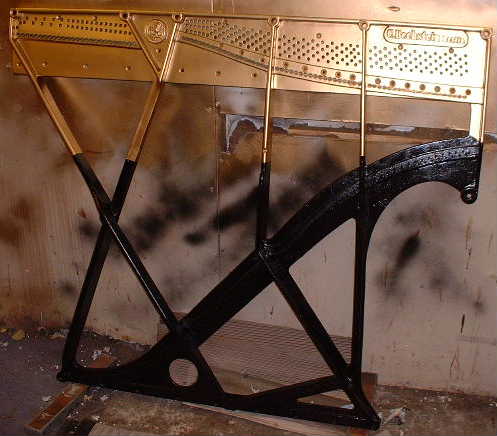
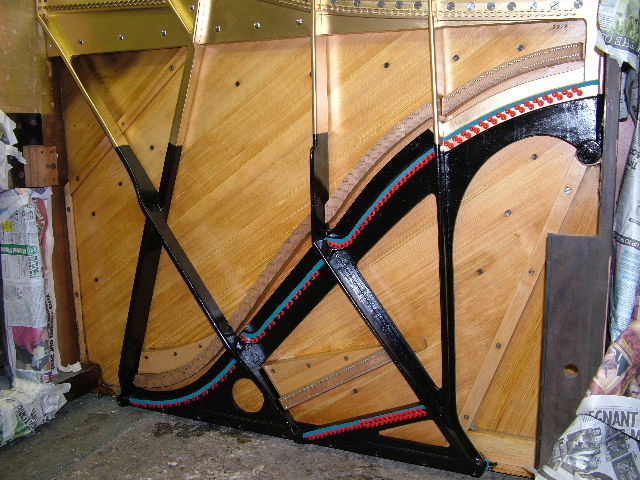
Soundboard: Cracks in the soundboard can produce unwanted creaks and buzzes when the piano is played. Whilst the frame is out of the piano, the cracks are repaired using wooden shims. The soundboard is then sanded down and repolished, leaving a soundboard free of cracks and attractively finished.
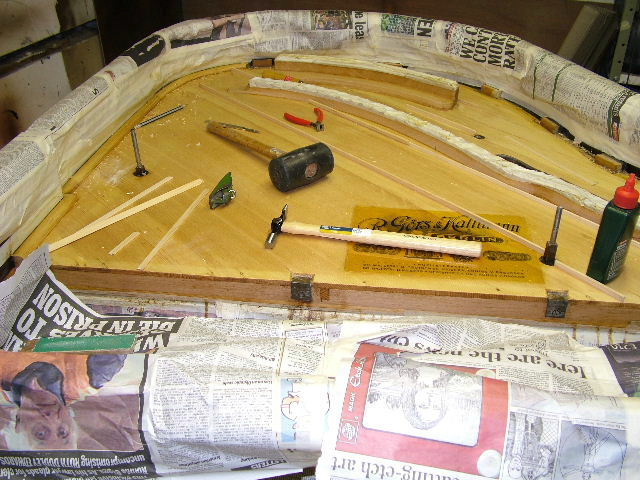
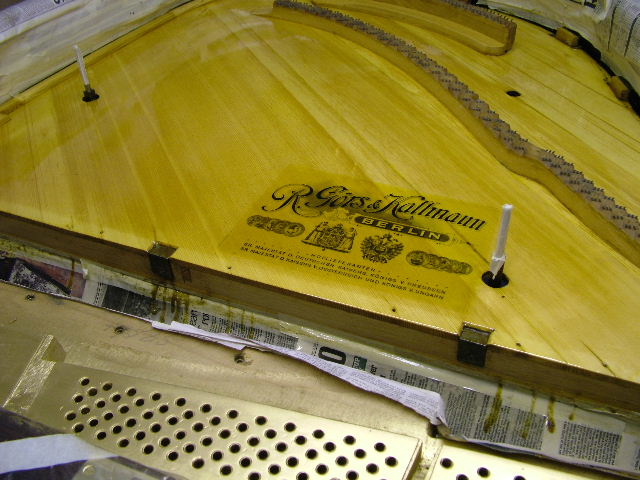
Restringing: Before being removed, the old strings and tuning pins must be carefully measured to ensure that the new ones are a perfect match. Copper wound bass strings are made to order for each individual piano. New strings and tuning pins offer a pure and consistent tone, as well as providing tuning stability.
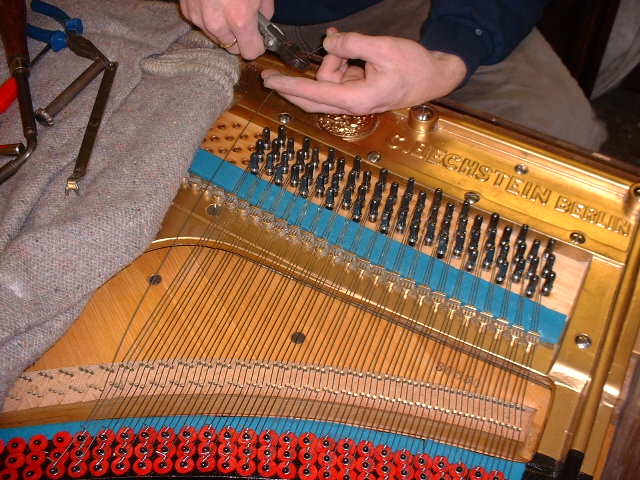

Upright Action: Over years of use, parts in the piano action will become worn or broken. These parts must be renewed for the action to function correctly. Examples of common action restoration include the replacement of return tapes and balance head leathers.
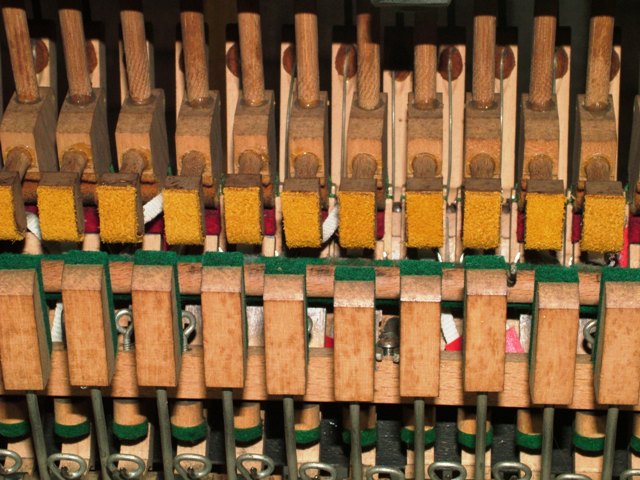
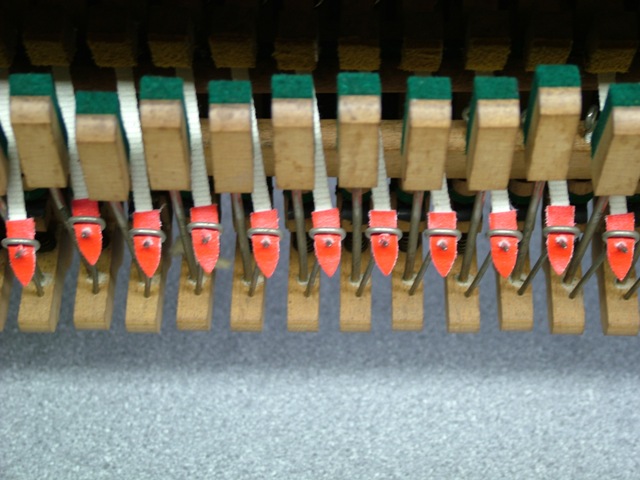
There are thousands of parts in a piano action, so thorough checks are necessary to ensure that any worn or damaged parts are identified and repaired or replaced. Just a few of the parts that might need replacing include various springs or even an entire set of damper felts.
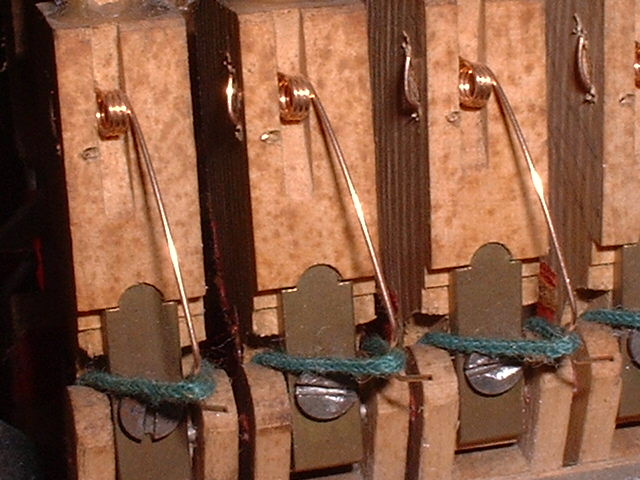
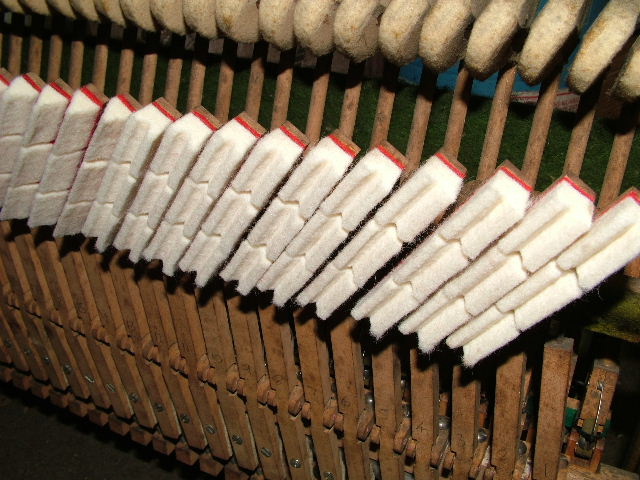
Grand Action: As with an upright action, any worn or damaged parts must be repaired or replaced for the piano to perform at its best. Replacing any loose centre pins is essential to prevent wobbling or clicking, whilst a new set of rollers can greatly improve the touch of a grand piano.
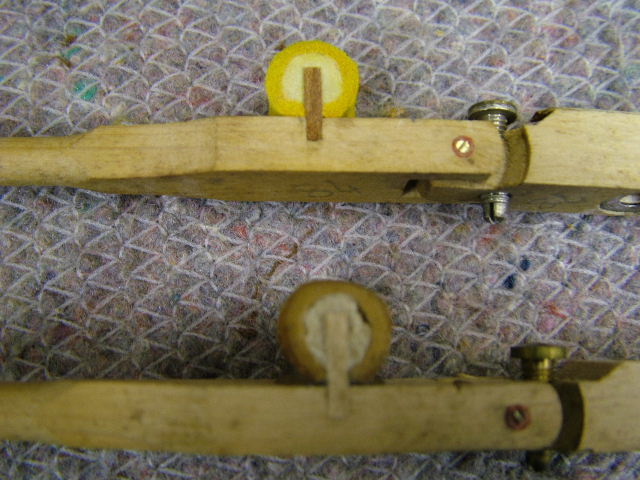
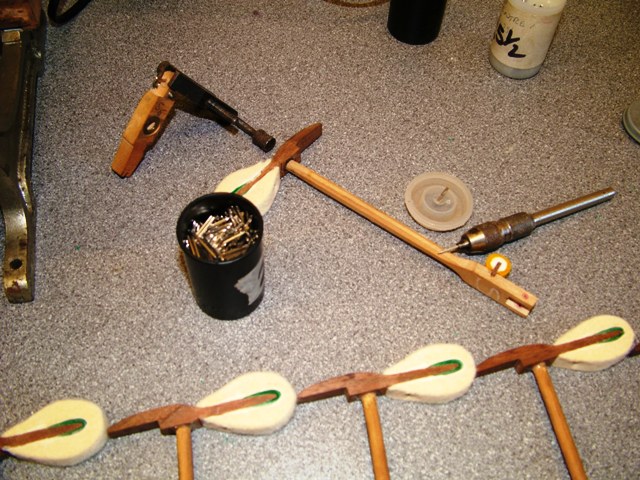
Hammers: The hammers on a piano are fundamental to producing a quality tone, and worn hammers will never provide the nicest possible sound. Old hammers are removed, and a new set is made to order. Alternatively, the existing hammerheads may be re-covered with new felt.
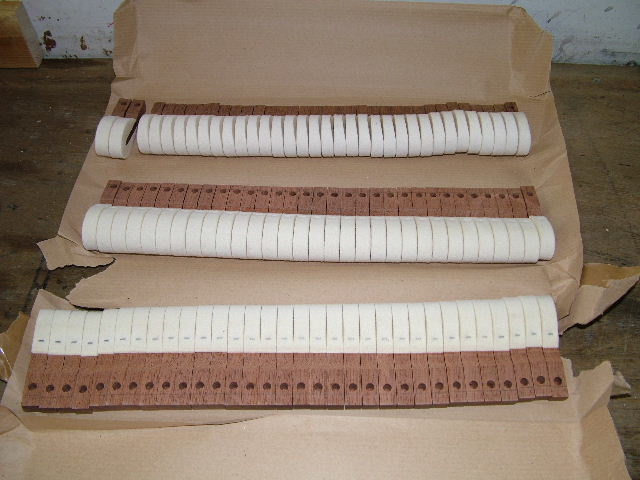
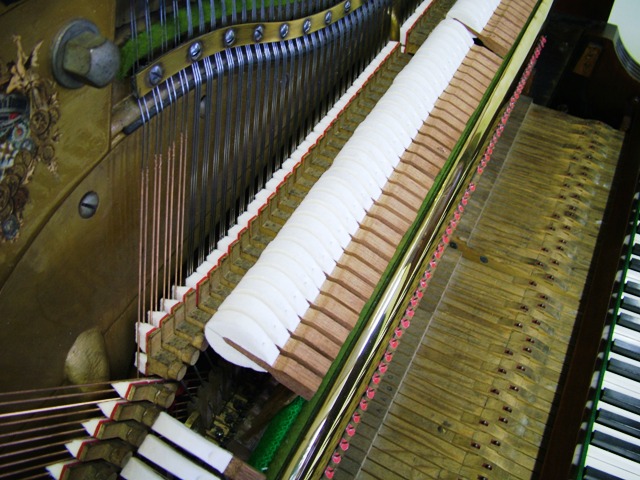
Key Bushing: The key bushings prevent the keys from rattling on their pins, and ensure a smooth and easy movement. Worn bushings can cause wobbling or sticky keys. Old bushings are removed and new felts are glued in place.
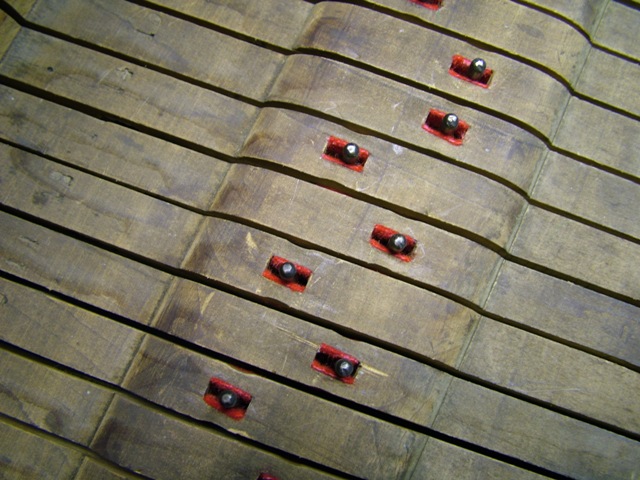
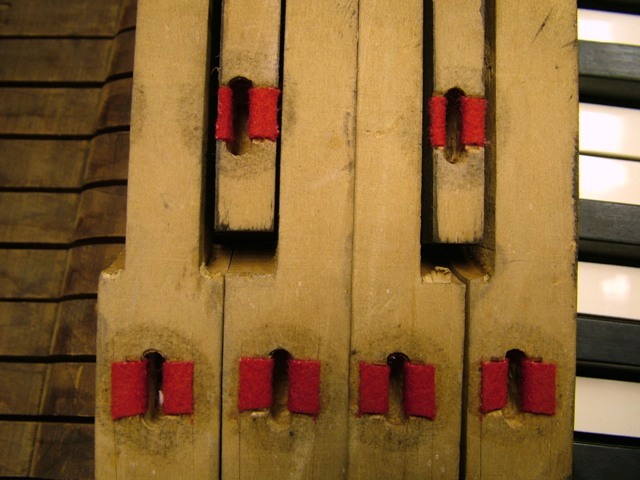
Regulation: Once the internals of the piano are reconditioned, the final job is to regulate the action. This ensures that the action works flawlessly on each and every note. Regulation is essential for both upright and grand pianos if the touch is to be consistent and responsive.
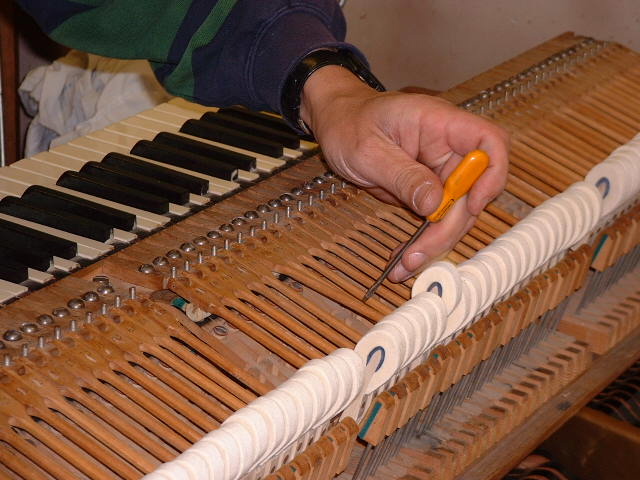
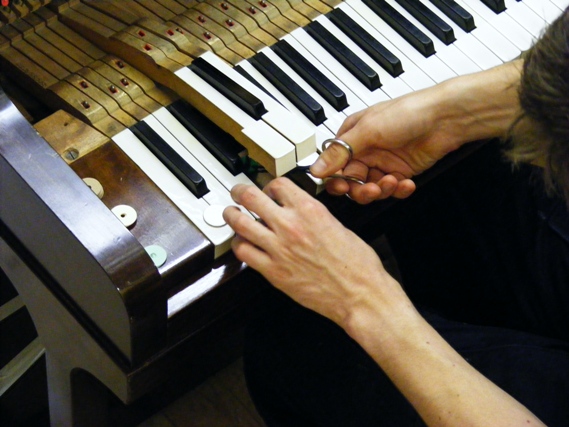
EXTERNAL RESTORATION
Casework Stripping: When pianos arrive at the shop, the casework is often in a poor state. The polish suffers from chips, dents, cracking, and fading. The first job is to take the piano apart and strip off all of the old polish. The bare wood is exposed, and all but the very worst damage is removed at this point.
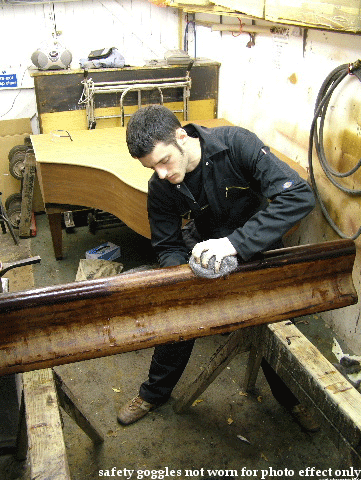

Casework Preparation: The next job is to wash down the wood with a dewaxing and degreasing solution. A thick paste is then worked into the wood to smooth out the natural dips in the grain, providing a flat and even surface on which to apply the polish. Once the grain filling compound has dried fully, the piano is sanded down, ready for the staining and sealing coats to be applied.
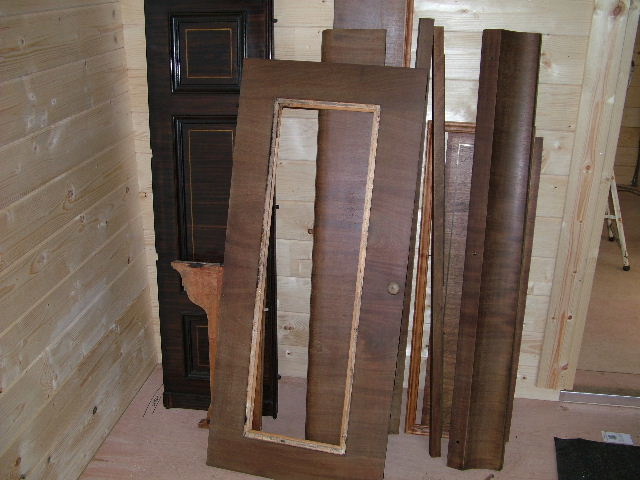
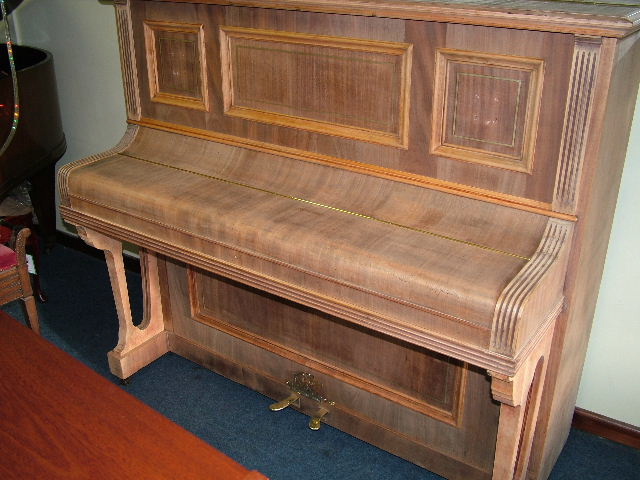
Casework Polishing: Polishing is done in many layers. Sealing and staining coats are applied, and the case is sanded before the final finish in either satin or gloss. The end result is a piano that is transformed from a tired and worn-looking instrument into a beautiful piece of furniture.
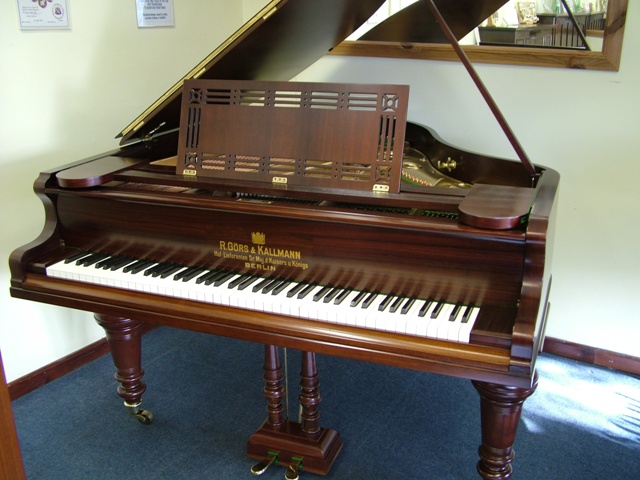
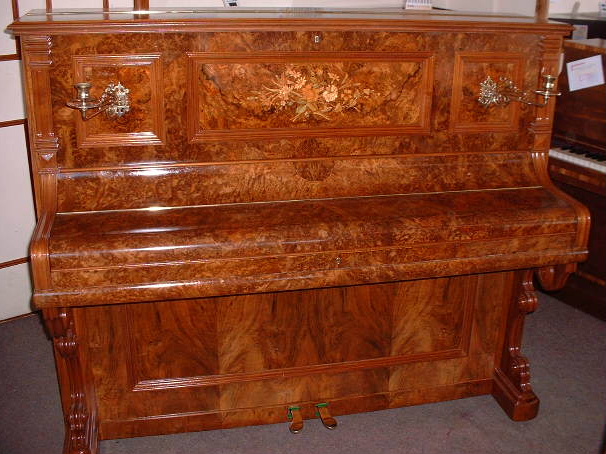
Key Coverings: The piano keys are an essential element of any restoration, as both the feel and appearance are important. Restoration involves cleaning and buffing the keys, as well as repairing any loose keytops. In some cases, the keys will need to be sanded or even scraped to remove imperfections.
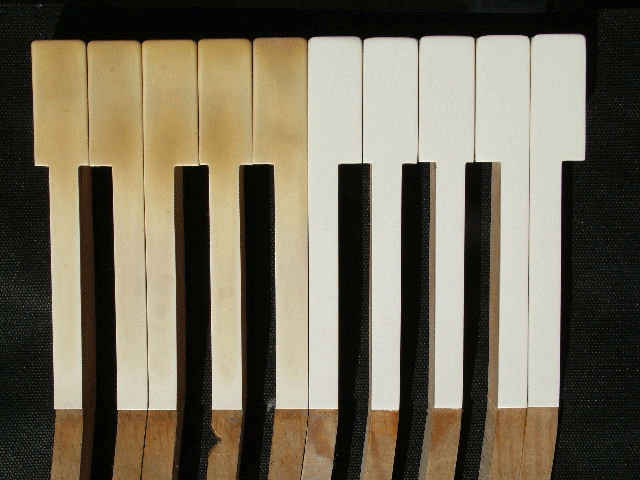
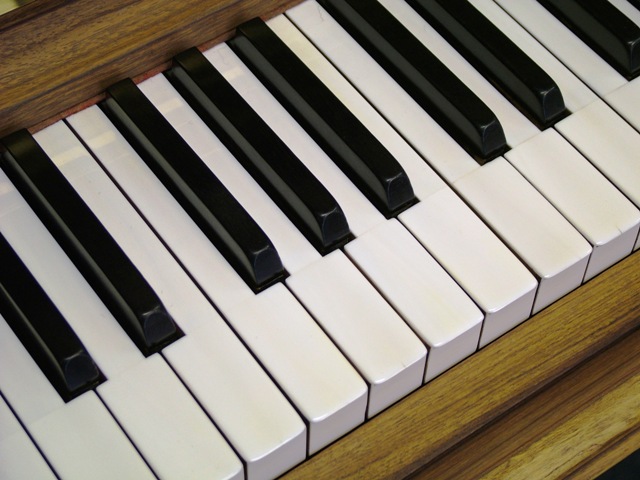
Brasswork: Brass parts on the piano include hinges, lock plates, and pedals. These become tarnished over time and let down the overall appearance. The brasses are cleaned up either by hand or on a buffing machine, before a final polish by hand. They compliment an attractive case perfectly.

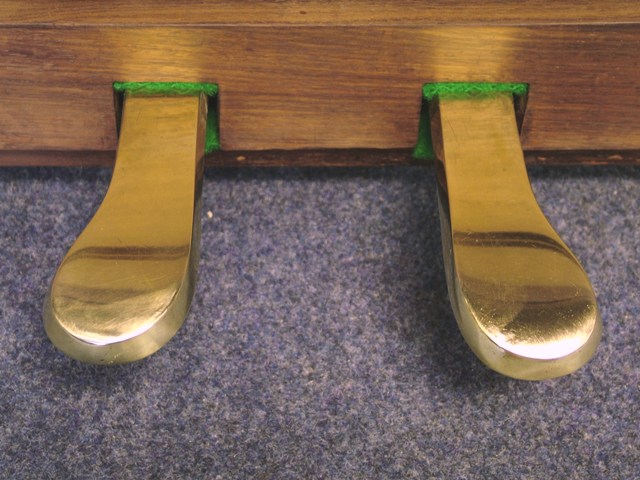
ART CASE JOHN BROADWOOD GRAND - BEFORE AND AFTER PICTURES
